SUMMARY
This is AI generated summarization, which may have errors. For context, always refer to the full article.
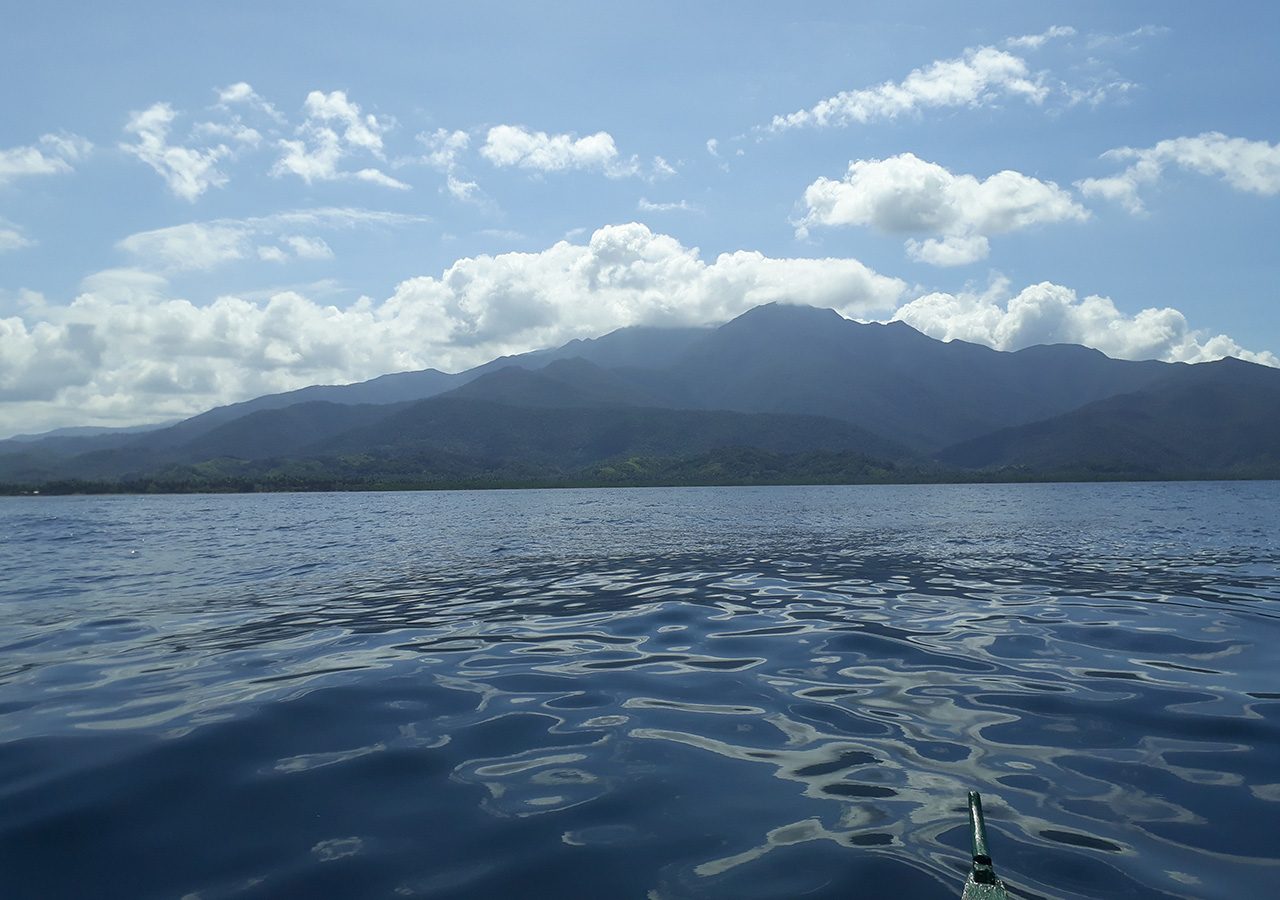
MANILA, Philippines – For a week, residents of Sibuyan Island formed a human barricade to stop a mining firm’s trucks from hauling nickel ore.
On Friday, February 3, videos from the ground showed Altai Philippines Mining Corporation’s (APMC) trucks successfully getting past a barricade after police dispersed residents and anti-mining advocates – but not without two people reportedly getting hurt.
For decades, residents and local officials have opposed attempts to mine Sibuyan Island. (TIMELINE: Sibuyan Island’s decades of opposition to mining)
Known for its rich biodiversity and endemism, the island is dubbed by both local and international natural scientists the “Galapagos of Asia.”
Here’s what you need to know about this contested piece of paradise in the middle of the Philippine archipelago.
A heavily forested island
Sibuyan is a small island under the jurisdiction of Romblon. According to PhilAtlas, the island has an approximate area of 466 square kilometers, and it consists of three coastal municipalities: Cajidiocan, Magdiwang, and San Fernando.
According to records of the Philippine Statistics Authority, the three municipalities have a combined household population of 62,745.
Environmental group Seacology said on its website that Sibuyan Island’s forest is believed to be “one of the densest forests in the world,” with an estimated 1,551 trees per hectare.
Sibuyan’s highest peak, Mt. Guiting-Guiting, is the highest in the province of Romblon, rising to 2,058 meters above sea level.
Former president Fidel V. Ramos declared Mt. Guiting-Guiting a natural park in 1996 through Proclamation No. 746 signed on February 20, 1996.
According to the Facebook page of Mt. Guiting-Guiting National Park, its name came from the local word guiting, which means saw-toothed – referring to the jagged peaks located at the northeastern part of the mountain’s summit.
Aside from Mt. Guiting-Guiting, three other protected areas are in Sibuyan Island: a mangrove swamp forest reserve, ancestral domains of the Sibuyan Mangyan Tagabukid, and a marine protected area.
Galapagos of Asia
Sibuyan Island is extremely wealthy in terms of flora and fauna, and is dubbed “The Galapagos of Asia.”
Bird Life International’s website (BLI) said that the island of Sibuyan is home to several threatened and restricted-range species of birds, which are said to be living in the forest of Mt. Guiting-Guiting National Park.
Three bird subspecies are endemic to Sibuyan: the Philippine Hanging Parrot (Loriculus philippensis) locally known as colasisi, the Philippine Pygmy-woodpecker (Dendrocopos maculatus), and the Orange-bellied Flowerpecker (Dicaeum trigonostigma sibuyanicum).
There are also an estimated 700 vascular plant species on the island, including 54 species that are endemic there. Five threatened species of mammals are also endemic to Sibuyan, including the critically endangered Philippine Tube-nosed Fruit Bat (Nyctimene rabori).
Sibuyan’s remarkably high number of endemic flora and fauna is a result of its isolation since the middle to late Pleistocene period, BLI said on its website.
According to the Foundation for the Philippine Environment’s website, Sibuyan Island is home to the following:
- 700 vascular plant species
- 144 species of trees, of which 33 are endemic to the Philippines, two are endemic to Sibuyan, and 10 are on the International Union for the Conservation of Nature (IUCN) Red List List of Threatened Species
- 54 plant species are endemic to the island
- 83 fauna species endemic to the Philippines, of which four are endemic to Sibuyan and 18 are on IUCN’s Red List
- 130 bird species
- 9 native terrestrial mammal species
- 9 bat species
- 16 reptiles
Researchers have been discovering new species of animals in Sibuyan as recently as 2021. An article published by the University of the Philippines Los Baños (UPLB) reported that researchers recorded 14 new species of amphibians and reptiles living in Mt. Guiting-Guiting.
“There is still a lot to discover in Sibuyan Island,” Camila Meneses, a former UPLB Museum of Natural History extension associate and current PhD student at the University of Kansas, wrote in the UPLB article.
Problem in paradise
Residents and environmental groups have been defending Sibuyan Island from mining companies that want to extract its nickel deposits.
In 2007, Romblon town councilor Armin Marin was shot dead during an anti-mining rally in San Fernando, Romblon.
Throughout the years, environmental groups such as Alyansa Tigil Mina, Sibuyanons Against Mining (SAM), and Bayay Sibuyanon have been calling for mining companies to stop mining in Sibuyan Island.
The mining company at the center of recent tensions there is APMC, which was granted a mineral production sharing agreement on December 23, 2009.
According to a CNN Philippines report, APMC had claimed that the DENR allowed them to export 50,000 tons of nickel ore.
Asked for comment, the department’s Mines and Geosciences Bureau (MGB) in Mimaropa said the MGB Central Office issued a mineral ore export permit to APMC on December 29, 2022, “for the purpose of bulk testing for 50,000WMT of ore per its approved [exploration work program].”
APMC’s exploration work program and environmental work program were approved on July 12, 2022, according to the statement provided to Rappler. The statement was signed by Glenn Noble, the director of MGB Mimaropa, which issued the ore transport permit to APMC.
“Rest assured, that this office shall monitor all the activities of Altai under its MPSA contract and strictly enforce all the relevant laws and policies for the protection of the environment while strengthening the economy,” the statement read.
Strongly opposing APMC’s operations, Sibuyan residents have been demanding that the mining company show its government permits. – Rappler.com
Add a comment
How does this make you feel?










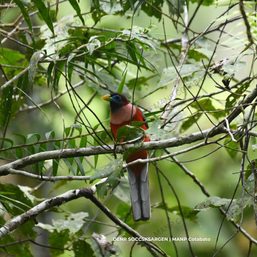
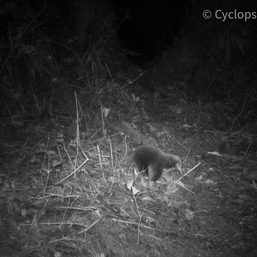
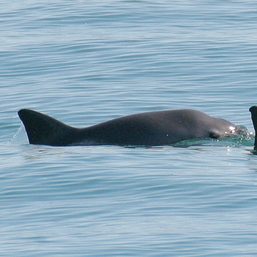
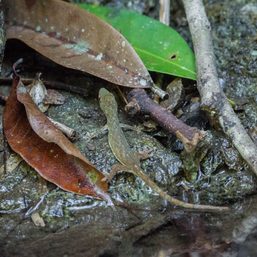
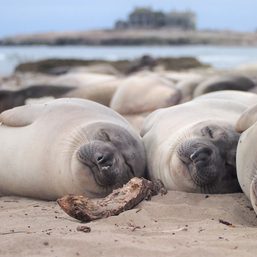
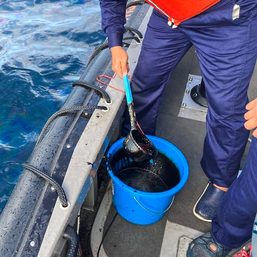






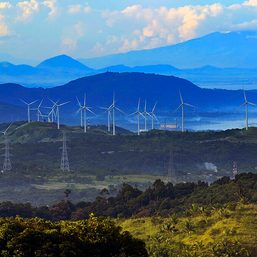



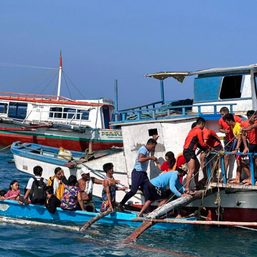
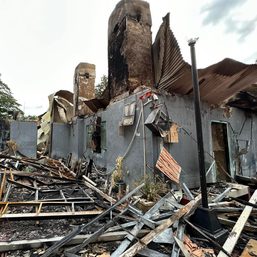
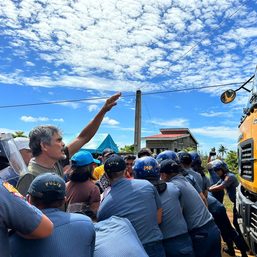
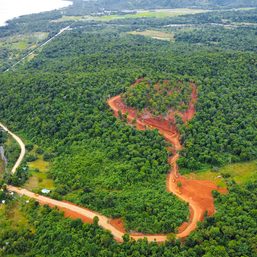
There are no comments yet. Add your comment to start the conversation.